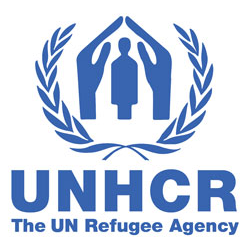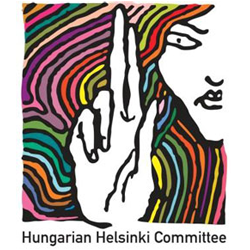Main Debates
What are the differences between diplomatic, political/ territorial asylum within the Latin American protection framework?
To what extent does each of the two forms of Latin American "asylum" remain a discretionary right of a sovereign state and its implications for refugee protection?
How to overcome the dualism "asilo and refugio" (asylum and refuge) in Latin America?
In Latin America, is it preferable to apply regional treaties on asylum when individuals seek asylum in states parties to these instruments or refugee status under the international refugee instruments?
Main Points
Evolution of the right of "asylum" in the Americas and its codification
Distinctions between refugio (refuge)/territorial asylum and political/diplomatic asylum
Diplomatic asylum as regional customary law in Latin America
Confusion caused by the distinction between refugio (refuge)/territorial asylum and asylum granted to refugees based on the 1951 Geneva Convention and/or its 1967 Protocol
Treaties
Caracas Convention on Territorial Asylum, 28 March 1954, OAS Treaty Series No. 19.
Caracas Convention on Diplomatic Asylum, 28 March 1954, OAS Treaty Series No. 18.
Montevideo Treaty on Asylum and Political Refuge, 4 August 1939.
Montevideo Convention on Political Asylum, 26 December 1933.
Havana Convention on Asylum, 20 February 1928.
Montevideo Treaty on International Penal Law, 23 January 1889, Arts 15-18 (on Asylum).
Cases
Case Pacheco Tineo v. Bolivia. Judgment of 25 November 2013, Inter-American Court of Human Rights, parr.137-143. (The Court refers to the evolution of the right of asylum in the Americas and its relationship to refugee protection and in particular, the importance of the 1951 Convention and its 1967 Protocol).
Columbia v. Peru, Judgement of 20 November 1950, International Court of Justice, I.C.J. Reports 1950, p. 273. (The Court declared that the granting of asylum by the Colombian Embassy to the instigator of a military uprising against the government of Peru did not fulfil the conditions envisaged in the Havana Convention in as much as the asylum country does not enjoy a right to qualify the nature of the offence upon which asylum is granted by a unilateral and definitive decision; also, the alleged regional custom on diplomatic asylum neither includes a safe-conduct to leave the country of origin – in which the Embassy of the country granting asylum is based – nor extends protection for the time necessary to solve such a request).
Readings
Core
Editor’s Note
Please note that the Latin American effort to technically differentiate between territorial asylum and diplomatic asylum through the adoption of regional conventions ended in 1954 with the Caracas conventions. In State practice, both forms of "asylum" remain as distinct categories based on whether the protection to the persecuted is granted inside (territorial asylum) or outside (diplomatic asylum) the asylum country. The previous regional conventions in reality, used the terms "asylum", "refugio (refuge), "political refuge" and "political asylum" sometimes as interchangeable concepts. This has led to the confusion by States and some traditional scholar opinion that in Latin America the term "asylum" only refers to the Latin American conventions and its two modalities of "asylum" (territorial and diplomatic) while the term "refugio" (refuge) refers to refugee status under the 1951 Convention and/or its 1967 Protocol. In contemporary State practice, however, very few cases still apply for asylum under the Latin American conventions. Recent scholar opinion and the developments of the Inter-American System have underlined the relationship between the regional human rights instruments and refugee protection as well as the need to refer to the 1951 Convention and/or its 1967 Protocol to define the content and scope of the right of asylum, as enshrined in the regional human rights instruments.




